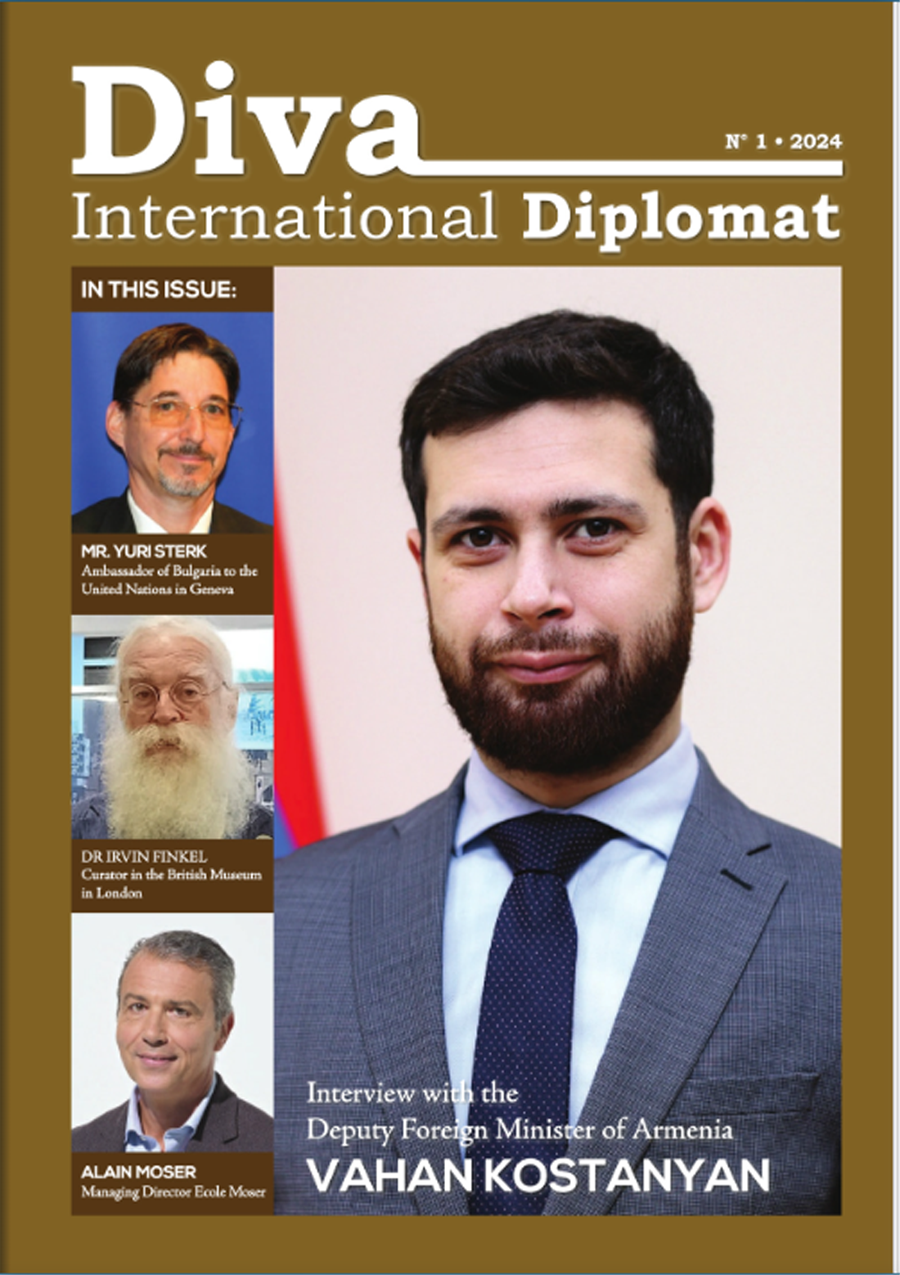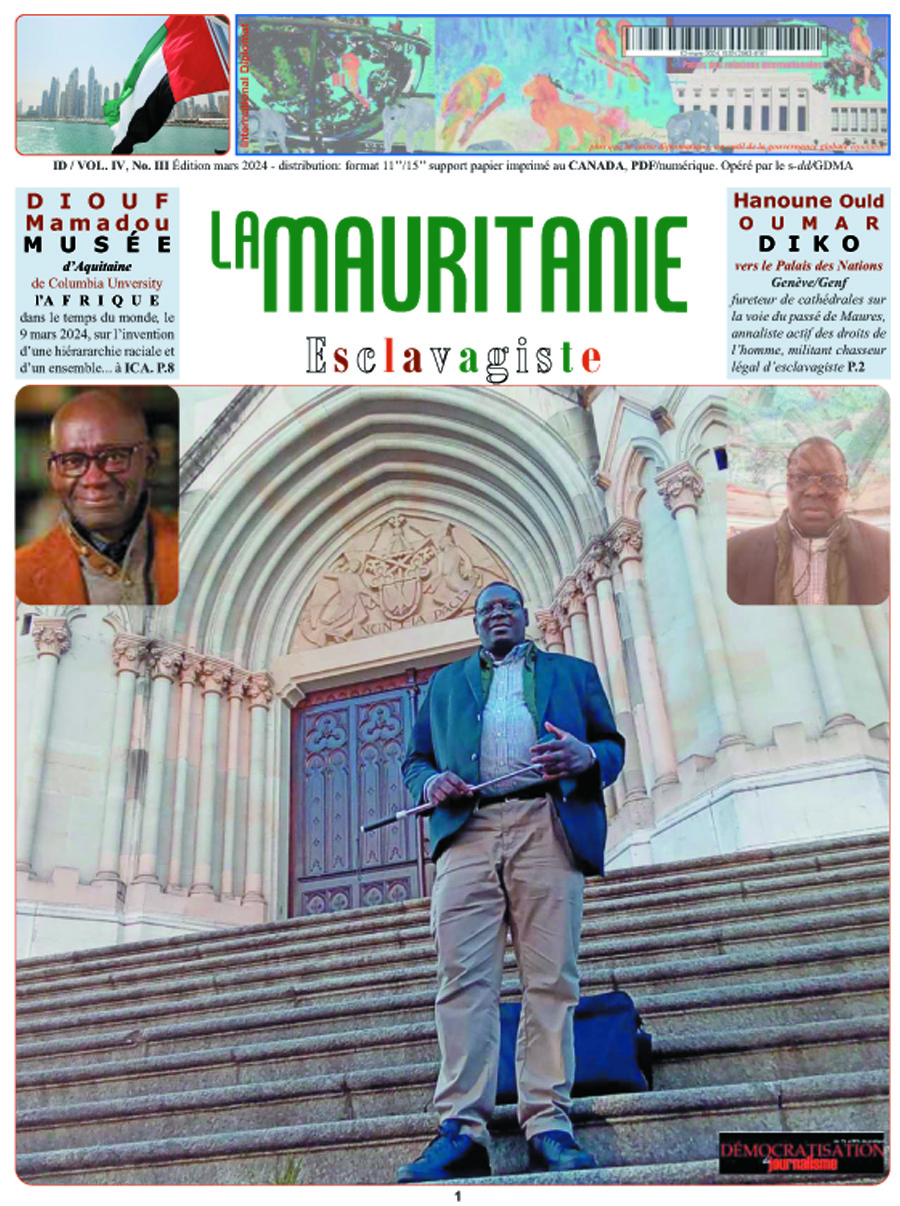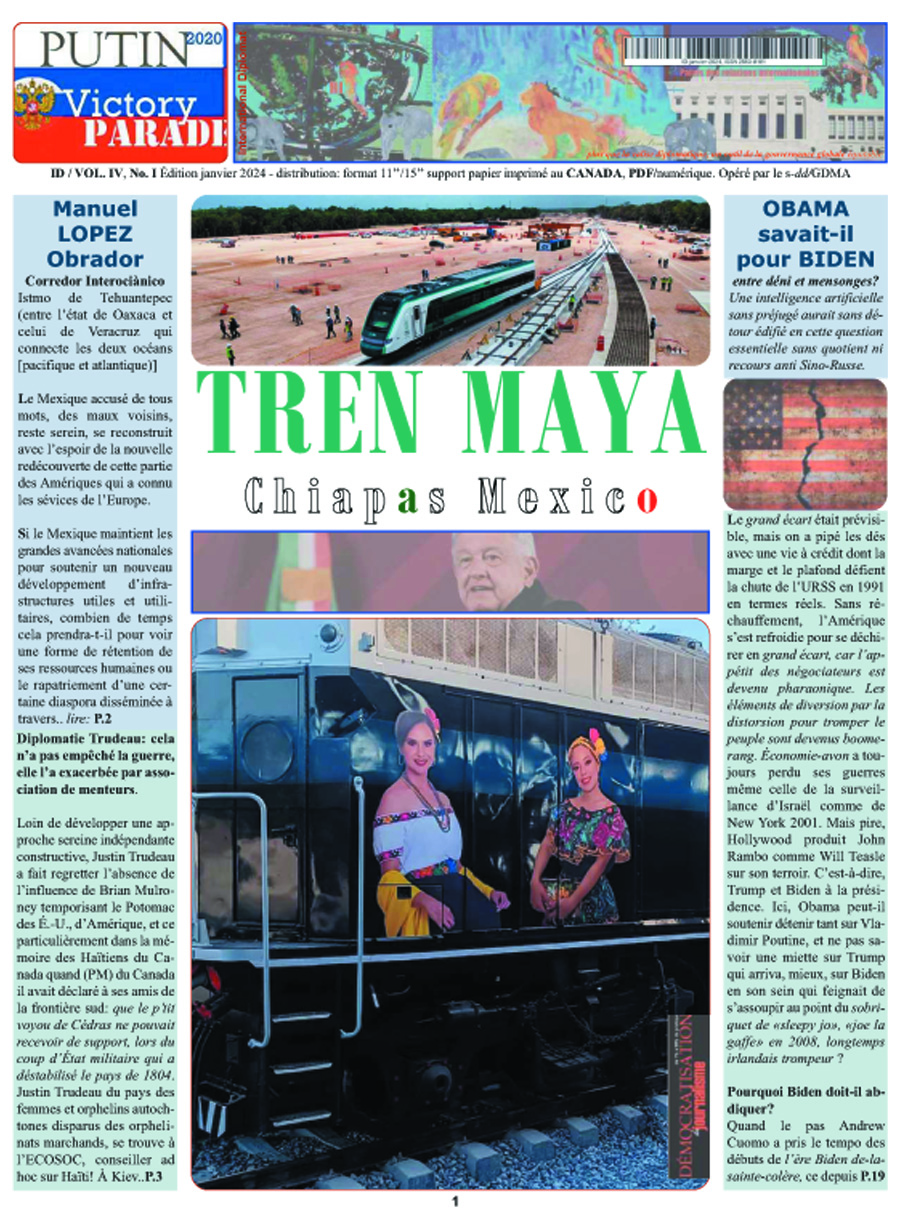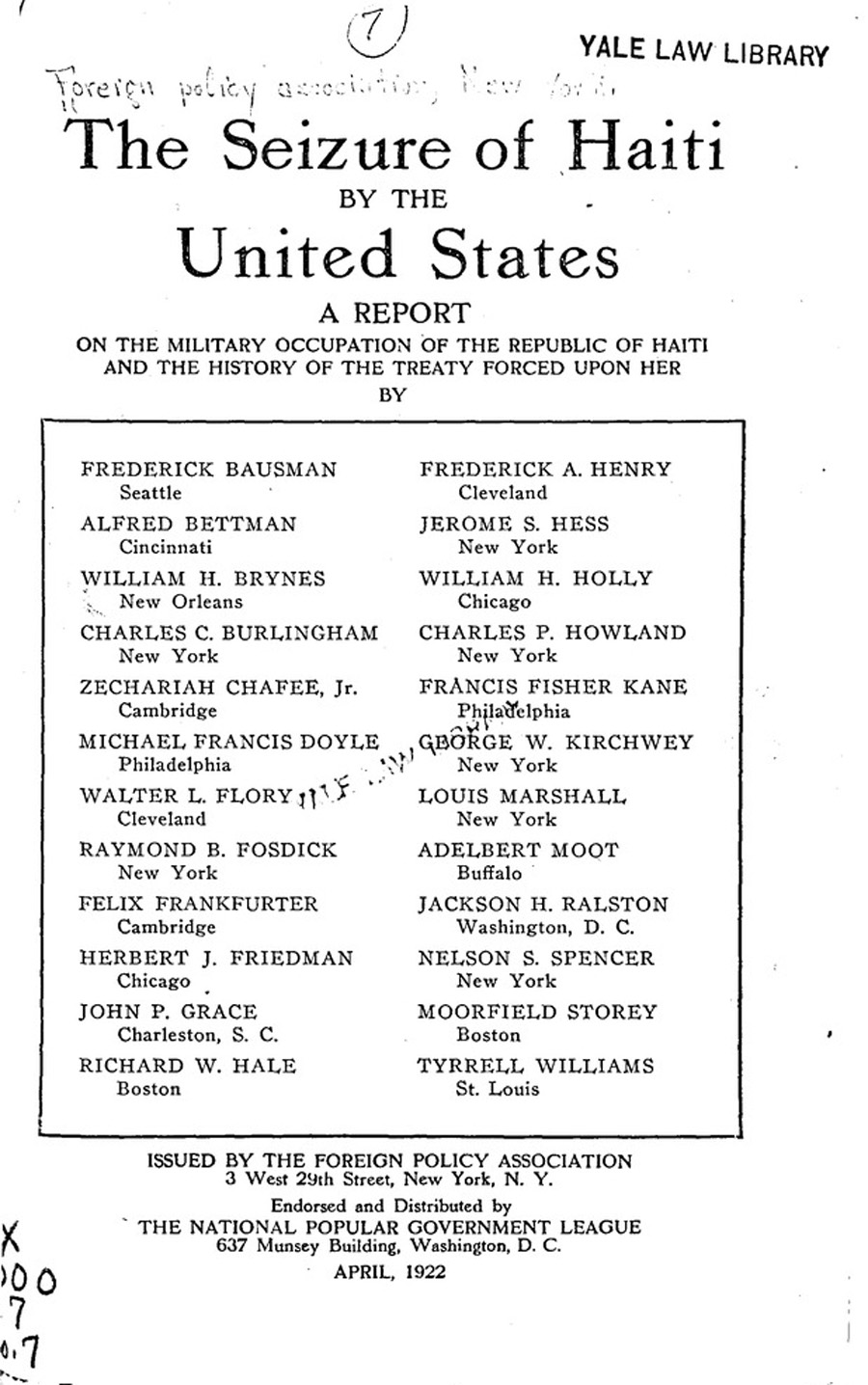Achill Island : Co. Mayo, Ireland
Travellers have waxed lyrical about the magnificence of Achill Island. In 1884 a clergyman Henry Seddall who settled in Achill wrote “There is every reason why Achill should be visited by those who leave home in search of health or innocent enjoyment. The climate, although humid, is mild and the scenery splendid. The naturalist, the antiquary, the artist, the poet, will find much in Achill that harmonises with their tastes”.
Achill lies in the Atlantic Ocean and is the largest island off the Irish coast. Since 1888 it is connected to the mainland at Achill Sound by the Michael Davitt Bridge. He was the nineteenth century land reformer from the county. Shaped like an inverted L it is located off the west coast of County Mayo, encircled by Clew Bay on the south and Blacksod Bay on the north. It embraces an area of fifty-seven square miles which includes the smaller islands of Achill Beg and Inishbiggle. It measures twenty-four kilometres from east to west and eighteen kilometres from north to south, narrowing to thirteen kilometres at Keel. The highest point is at Slievemore 671 metres (2,214 feet). Today the permanent population of Achill is around 2,500 about half what it was a century ago.
Achill was once entirely Irish-speaking and today parts of it remain Gaeltacht areas. Apart from a wood near Achill Sound, the island is almost treeless although large areas of forest have been developed on the nearby Corraun peninsula. It has many interesting features like its varied and unique geology, the lowest mountain corrie lake from glacial erosion in Ireland, the highest cliffs in Europe, coupled with a unique Arctic-Alpine, Lusitanian and North American species of flora, many thousands of kilometres from their present day habitats. In clear weather, views of the surrounding sea, promontories and islands are unrivalled anywhere in Ireland.
The traditional economy was based on farming, principally pastoralism, and fishing. In 1951 an attempt to film Achill’s shark fishing ended in tragedy when an English film company’s boat sank with the loss of five lives. Shark fishing provided the subject of a film Achill Island in 1972, narrated by the famous actor Cyril Cusack (1910-1993).
A process of migratory labour began in the eighteenth century in response to agricultural technology in Ireland and Britain. All that was required of workers was ‘a strong back and a willingness to work’. They were employed first as seasonal workers in agriculture but in later centuries tended to be in employment connected with construction. Mass emigration was to America. Today, at least 30,000 people in the city of Cleveland, Ohio, claim Achill descent. Cleveland was twinned with Achill in 2003.
In 1910 the famous Belfast-born landscape and figure painter Paul Henry (1876-1958) arrived in Achill for a holiday and was so captivated by the people, their way of life, and the landscape that he stayed for seven years. Many established artists and writers visited Achill including writer, Graham Greene. Another resident was German novelist, Heinrich Boll (1917-1985), Nobel Prize winner for Literature in 1972. His legacy continues with a thriving writers and artists residency on Achill Island. The islanders themselves are known to be a warm and welcoming people, strongly individualistic, full of ‘crack’ and good, humorous tales about visitors and islanders alike.
Achill Island A book written by Achill native and archaeologist Theresa McDonald* offers a detailed account of Achill’s history, archaeology and folklore from the Neolithic period onwards. Its 21 chapters include ‘The Ruling Families of Achill’, ‘Pre-famine Achill’, ‘The Achill Mission 1831-1886’, ‘Famous Characters’ and ‘Folklore of Achill’, along with many other fascinating subjects. It includes black and white images and illustrations, and records names amongst the numerous exiles from Ulster that formed the sixteenth century settlement, with four main families in Achill, the Lavelles of French extraction, the O’Malleys indigenous inhabitants of Connacht, the Morans of Danish extraction and the Caulfields of English origin. Originally the four powerful Ruling Families of Achill were O’Connors, Butlers, O’Malleys and O’Donnells from the medieval clans of powerful ascendancy.
In the historical tradition of the Franco-Irish alliance, during the Rebellion of 1798, the French fleet were reputedly supposed to land in Achill but being advised that British ships were patrolling in Clew Bay, they endeavoured to avoid them and in the process went too far out to sea, bypassing Achill, and ending up in Killala Bay. Some men from Achill went to meet the French army when General Jean-Joseph Humbert (1767-1823) landed in Killala. Their names were Molloy and Sweeney, but they never returned. In the nineteenth century the island suffered massively from famine, not just during the Great Famine (1845-1849). In 1834 an English Protestant clergyman, Edward Nangle, came to the island as part of a famine relief effort and set up a Protestant mission that ended up buying two-thirds of the island for £11,000. The front cover page of Theresa McDonald’s book carries a ‘Lithograph of the Missionary Settlement, Dugort’ with Slievemore rising behind. The back cover shows ‘The Archaeology of Achill Island’ and inside a map highlights archaeological details and many other historical features of the island. The Achill Mission’s objective of converting the local population to Protestantism soon led to inter-religious strife which expressed itself in violent confrontations between the native population and the new settlers. Known as the Colony, it had its own weekly newspaper, hotel, schools and hospital, but the efforts to convert islanders from Catholicism if they partook of its soup kitchen, left a long lasting legacy of bitterness and division. A church and hotel building remain from what was the abandoned Achill Mission. Another historic settlement is the Deserted Village of unmortared stone houses at the foot of Slievemore, Ordnance Survey map, east of the townland. People kept land on Slievemore for crops and animals and what became a booley (transhumance village) grew there inhabited only in summer months. The tradition of booley life fell away because of famine and heavy emigration. The site spreads over a large area leaving the ruins of about sixty houses that survive on Slievemore where the custom continued until the late 1940s. The Achill Field School was set up, based at the Achill’s archaeological centre in Dooagh and associated with the National University of Ireland at Galway and, with many ruins dating back to the Bronze Age, Slievemore provides ideal training for archaeologists from Ireland, other parts of Europe and further afield, in growing numbers. A booklet Old Achill Island (2012) by Hugh Oram contains images and sources used in his research. Its compelling collection of black and white pictures revisits the traditional customs and harsh lives of the island’s people and places, so very different today.
Ita Marguet, May 2013
Note : Acknowledgement is given to sources used in preparation of this text. It follows a visit to Achill Island (April 2013). *Theresa McDonald, Achill Island – Archaeology, History, Folklore (pp. 372) includes an extensive Bibliography and Index. ISBN 0 9519974. Since 1987 Theresa McDonald has directed the annual Achill Archaeological Summer (Field) School, and has been involved in a Research Excavation at the Deserted Village, Slievemore. She is the author of Achill : 5000 B.C. to 1900 A.D. (1992) and has contributed several articles to various Archaeology Journals.






